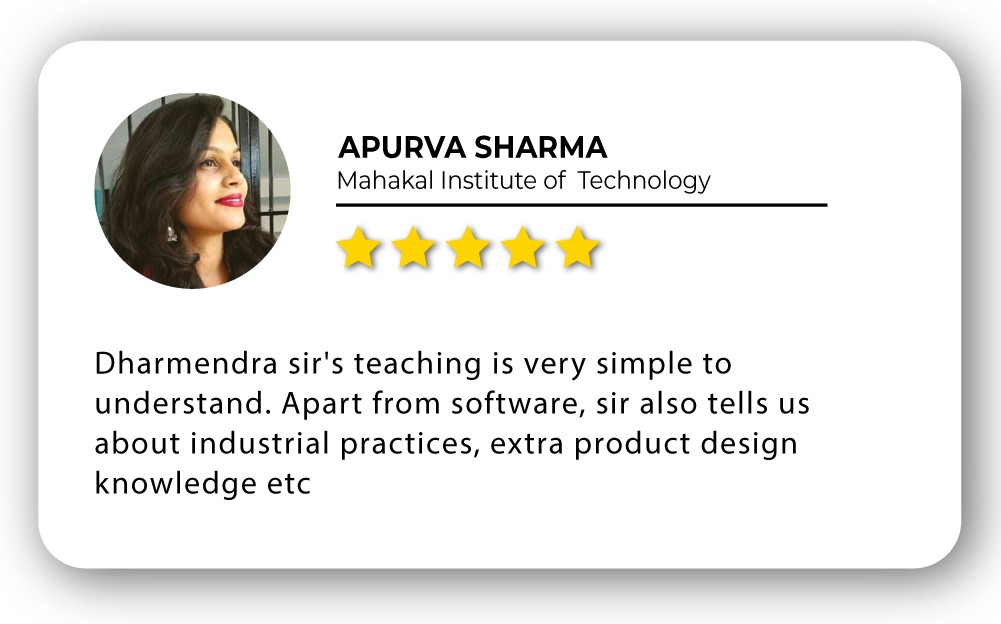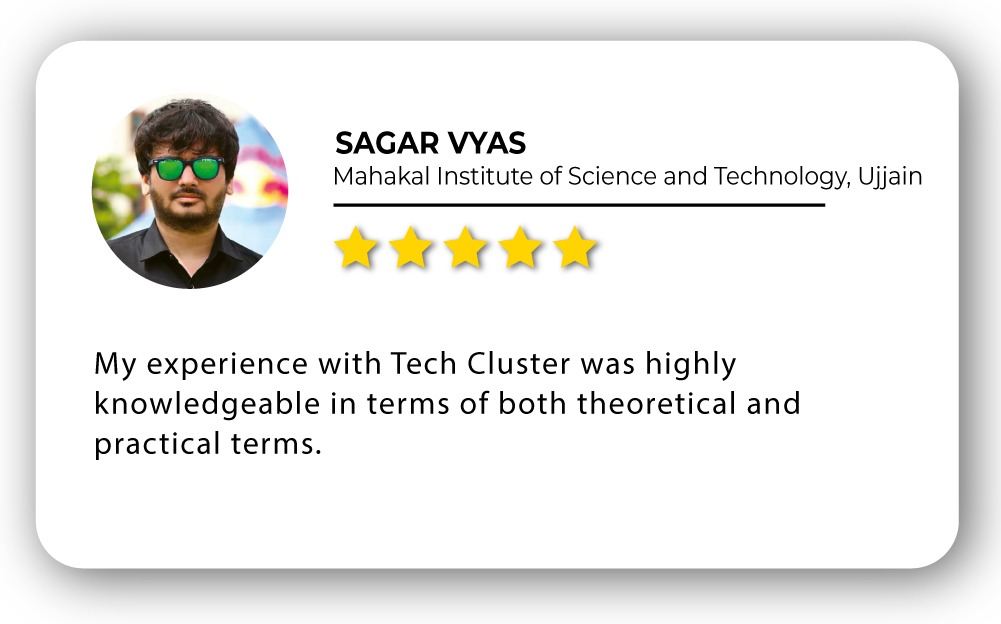
Houdini for Game Design Training in India
- Real-Time Experts Sessions
- LIVE Project
- Certification
- Affordable Fees
- Flexibility
- Placement Support
modeling, and game asset creation. Game developers use Houdini to create dynamic
effects, environments, and optimized assets for real-time game engines like Unreal Engine
and Unity.
With its node-based workflow, Houdini allows artists to generate complex models, terrain,
destruction, fire, smoke, fluids, and crowds efficiently.
If you want to master Houdini for game design, Tech Cluster in Indore offers
industry-standard training from basic to advanced levels, covering real-time projects and
100% placement assistance.
Applications
This course introduces students to the powerful world of procedural asset creation using Houdini, enabling them to generate modular assets and expansive environments with full control and flexibility. Learners will explore VFX for games, including simulations for fire, smoke, destruction, water, and explosions, essential for dynamic gameplay and cinematics. The course dives into terrain and level design, teaching procedural techniques for building vast landscapes and immersive worlds. Students will also cover real-time particle effects, physics-based simulations, and performance optimization for seamless gameplay. Key areas include rigid body dynamics for breaking buildings and props, as well as crafting stylized and realistic effects using custom shaders and procedural textures. Finally, the course focuses on game engine integration, preparing assets for export to Unreal Engine, Unity, and other platforms. Houdini’s versatility makes it a staple in AAA game studios, film production, VR/AR projects, architecture, and scientific visualization.
Course Highlights:
Houdini Foundation:
- Introduction to Houdini Interface & Navigation
- Understanding Procedural Workflows & Nodes
- Basic & Advanced Modeling in Houdini
- UV Mapping & Procedural Texturing
- Lighting & Rendering with Karma & Mantra
- Intro to Particles, Smoke, and Fluid
- Exporting Assets for Game Engines
Houdini Advanced :
- Procedural Game Asset Creation
- Destruction & Rigid Body Simulations
- VFX for Games – Fire, Smoke, Explosions
- Fluid, Cloth, and Hair Simulation
- Procedural Terrain Generation
- Houdini to Unreal Engine & Unity Workflow
- Game Optimization Techniques
- Cinematic Rendering & Portfolio Showcase
Duration :
- 45 Hours Theory
- 25 Hours Practical
- 30 Hours Project work
Technical Features:
Houdini Foundation:
Introduction to Houdini and Tools
The course begins with a solid foundation in the Houdini interface and node-based workflow, helping students become comfortable navigating its unique procedural environment. They’ll learn viewport navigation and essential shortcuts to speed up their workflow. The module introduces the core building blocks of Houdini, including geometry, SOPs (Surface Operators), and attributes, which are fundamental to procedural modeling. Students will also practice basic transformations and object manipulation, laying the groundwork for more advanced asset creation in later modules.
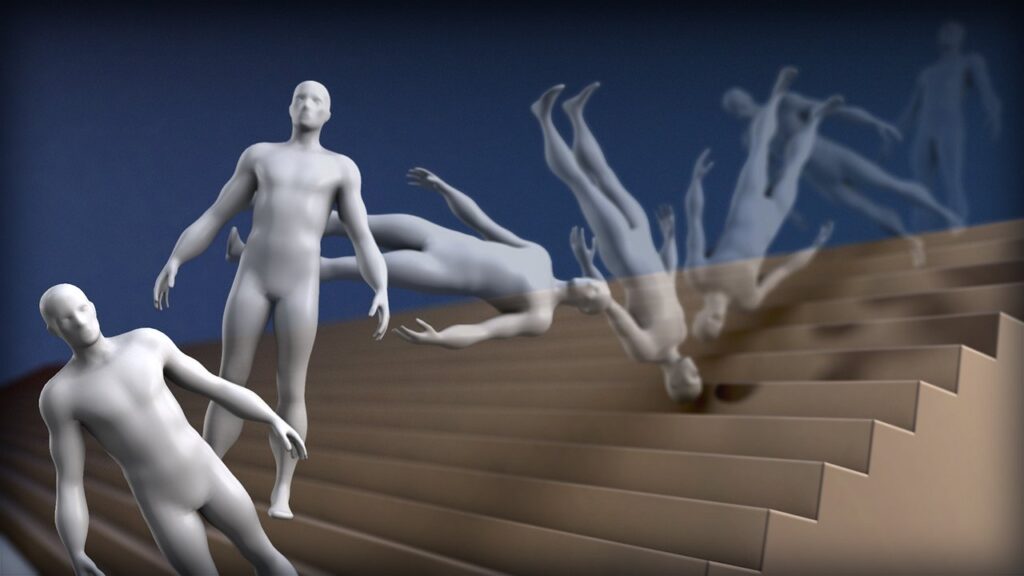
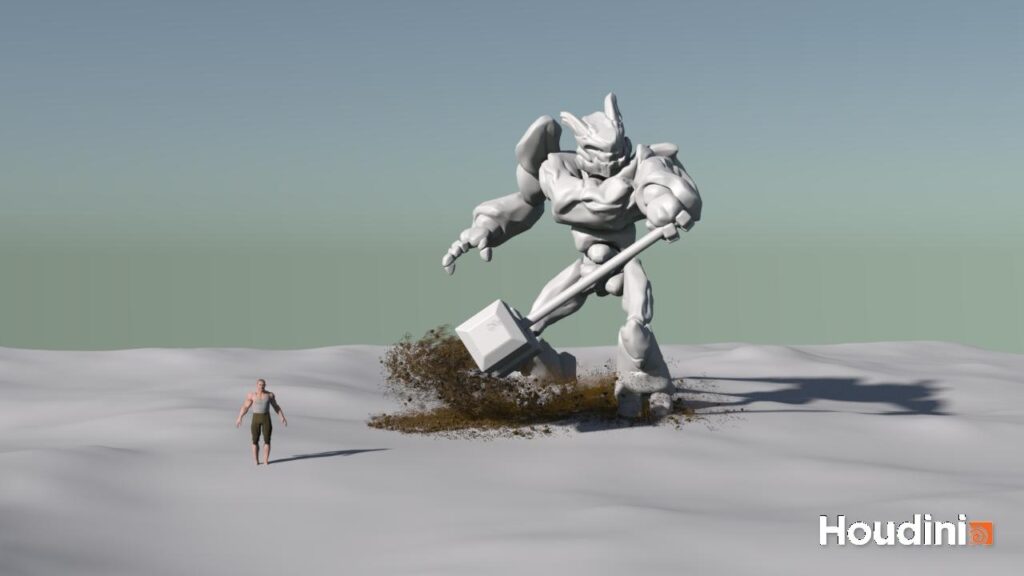
Procedural Modeling & Asset Creation
In this module, students will develop a strong grasp of polygonal modeling and subdivision surfaces, essential for creating detailed and clean geometry. They’ll dive into procedural environment generation, using nodes to efficiently build landscapes, architecture, and modular assets. A key focus is on terrain and level design using heightfields, where students learn to sculpt and texture large-scale environments procedurally. Both hard surface and organic modeling workflows are covered, enabling students to switch between stylized mechanical assets and natural forms like rocks, cliffs, and foliage with ease.
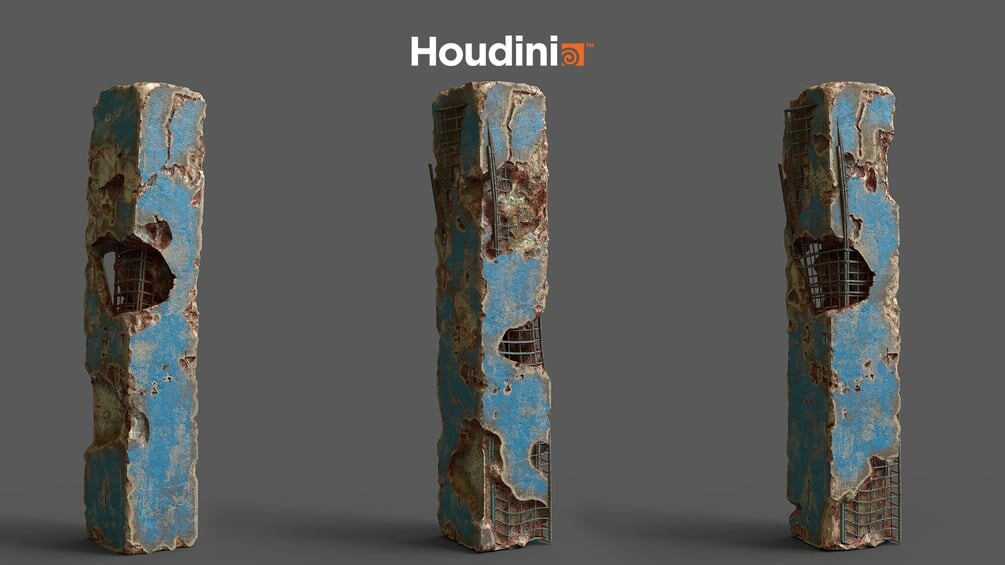

UV Mapping & Procedural Texturing
This section focuses on preparing models for texturing by covering both automatic and manual UV unwrapping techniques. Students will learn how to generate and apply procedural textures and materials using Houdini’s node-based system for quick iteration and consistent results. The module also teaches how to bake essential texture maps such as normal, ambient occlusion, and roughness, which are critical for adding surface detail and realism. Finally, learners will explore how to export textures and UV data to Substance 3D Painter, enabling a smooth workflow between Houdini and other industry-standard tools.
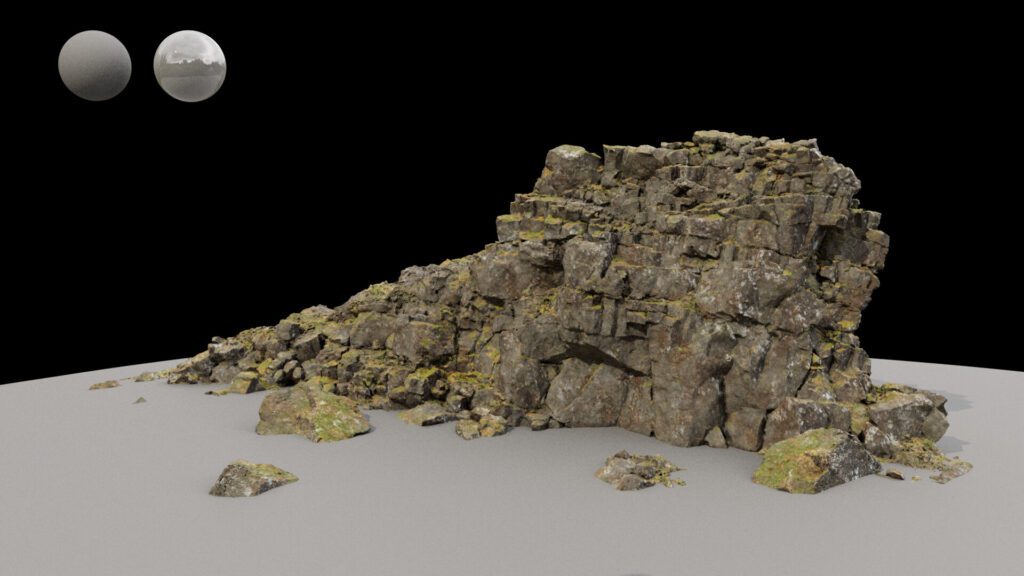
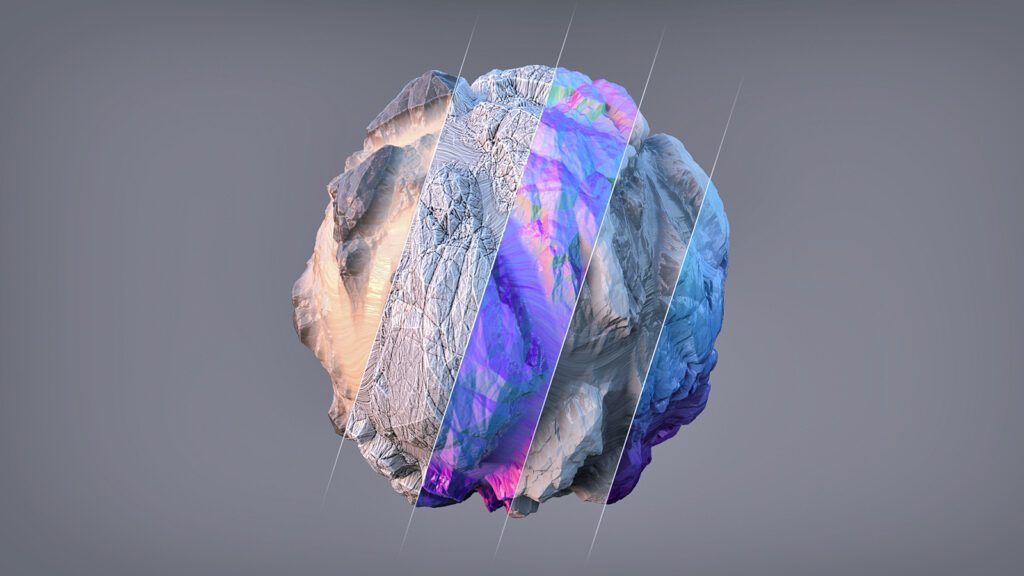
Lighting & Rendering
This module introduces students to Houdini’s Karma and Mantra render engines, providing them with the tools to create high-quality, realistic outputs. They’ll explore HDRI lighting setups and global illumination techniques to enhance mood and depth in their scenes. The course also covers the creation of volumetric effects such as fog, smoke, and fire, essential for atmospheric storytelling and visual impact. Additionally, students will learn how to utilize ray tracing for detailed shadows, reflections, and overall realistic rendering, preparing them for production-level visual output.

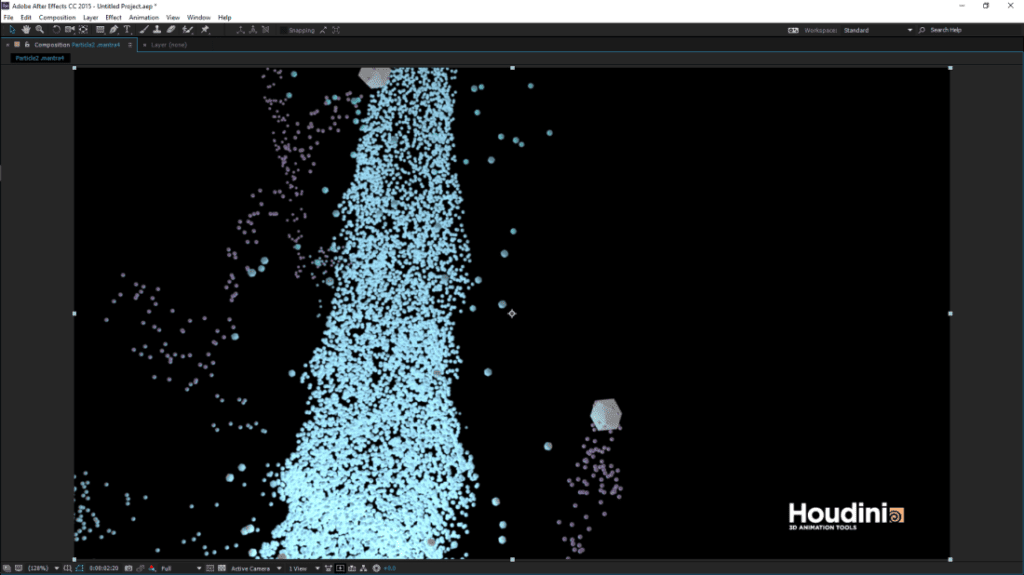
Houdini Advanced
Procedural Game Asset Creation
In this advanced module, students will learn to build modular environments, essential for efficient level design and game optimization. They’ll dive into destruction FX, including techniques for fracturing objects, generating debris, and simulating explosions, ideal for dynamic gameplay and cinematics. The course also introduces cloth and hair simulations, enabling more realistic and physically accurate character animations. To ensure game engine compatibility, students will focus on optimized asset creation, preparing all elements for smooth integration into platforms like Unreal Engine and Unity without compromising performance.
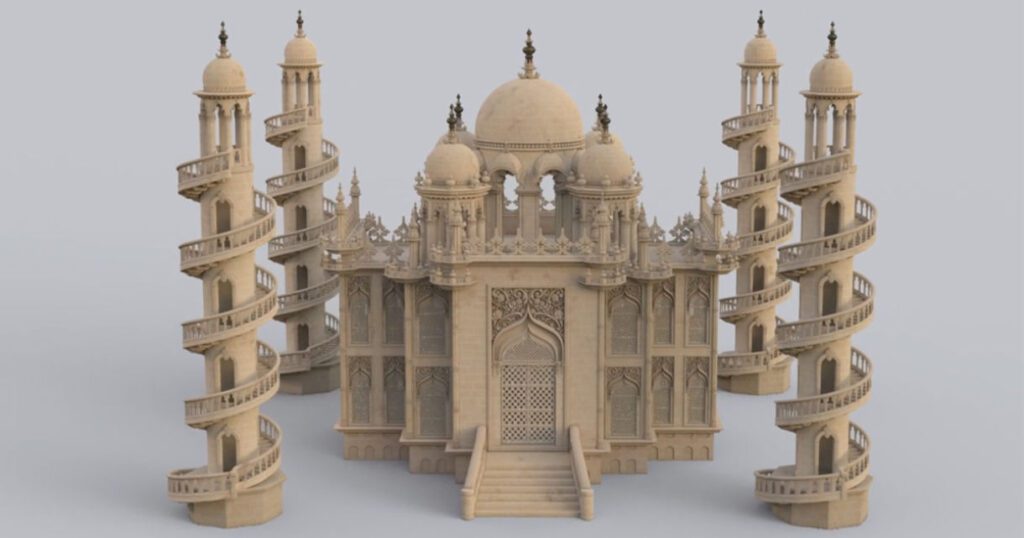
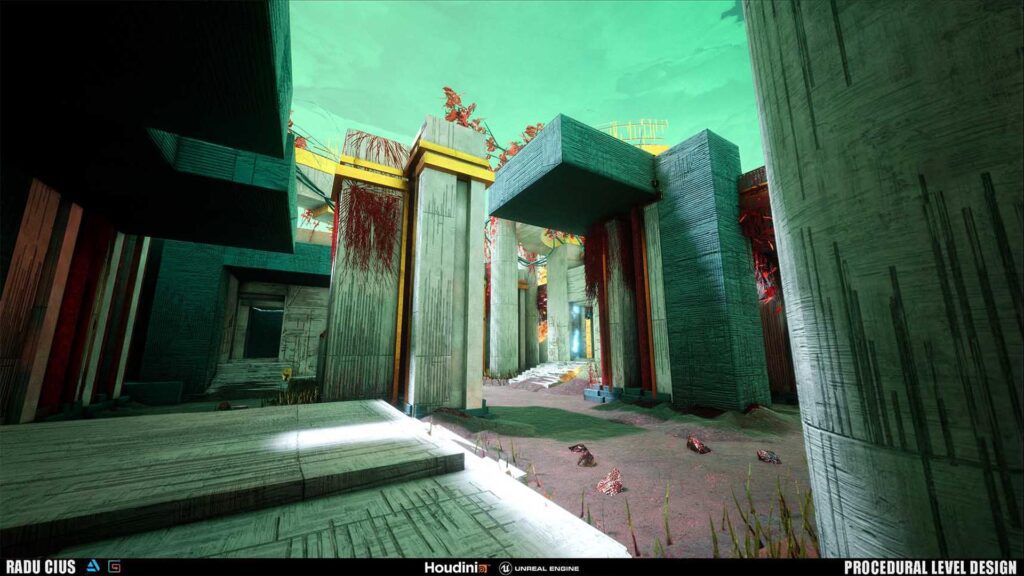
VFX & Dynamic Simulations
This module dives deep into fire, smoke, and fluid simulations, teaching students how to craft dynamic and believable effects using Houdini’s powerful solvers. They’ll explore both rigid body and soft body dynamics to simulate realistic physical interactions for props, characters, and environments. The course also introduces crowd simulation and AI behavior, enabling learners to populate scenes with intelligent agents and coordinated movements. Finally, students will experiment with particle FX, including dust, sparks, and stylized magic effects, essential for enhancing visual storytelling in games, films, and interactive media.


Game Engine Integration
In the final module, students will focus on exporting Houdini assets to Unreal Engine and Unity, learning the correct formats and settings for seamless integration into game engines. They’ll explore the power of Houdini Engine, which enables real-time procedural workflows directly within game development environments, ideal for dynamic level generation and asset variation. Additionally, the course emphasizes performance optimization, ensuring all assets are game-ready by reducing complexity, managing texture resolution, and preparing for runtime efficiency.
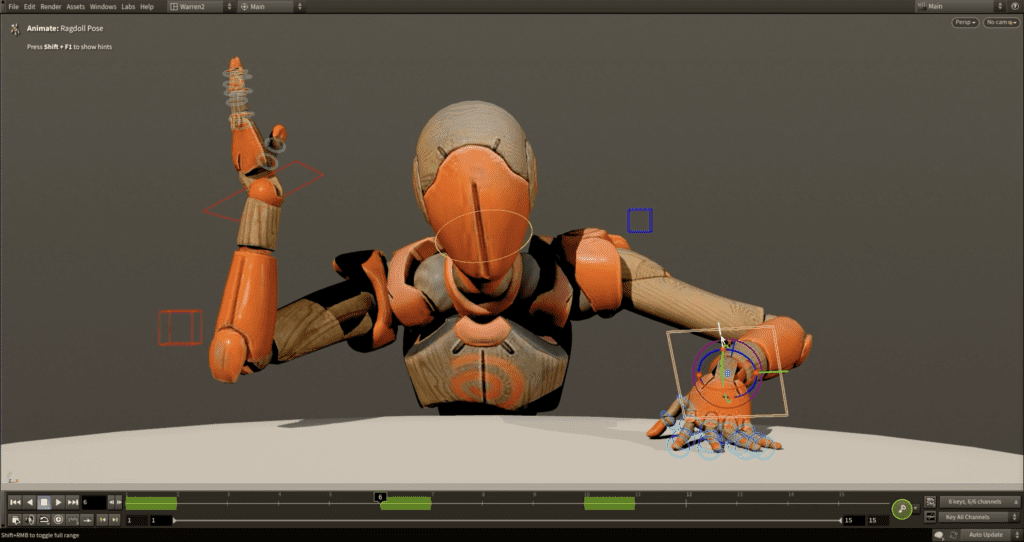
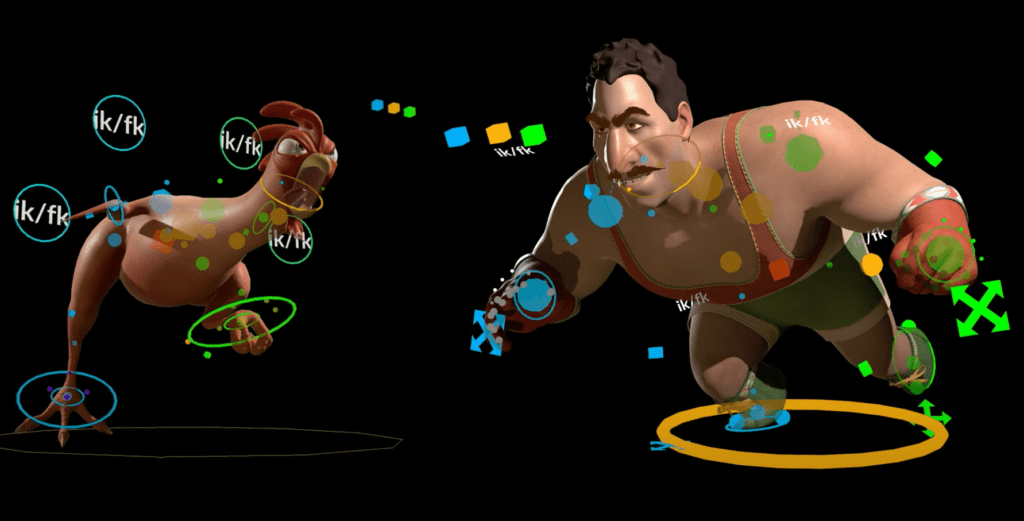
Cinematic Rendering & Presentation
The course concludes with a focus on final render setup and lighting, where students learn to present their work in the most visually compelling way. They’ll prepare portfolio-ready VFX showcases, highlighting their skills in simulations, modeling, and procedural workflows. Additionally, the module covers how to create turntable animations and cinematic game cutscenes, essential for demonstrating projects professionally and effectively to studios, clients, or online platforms.


Upcoming Batches
Certifications
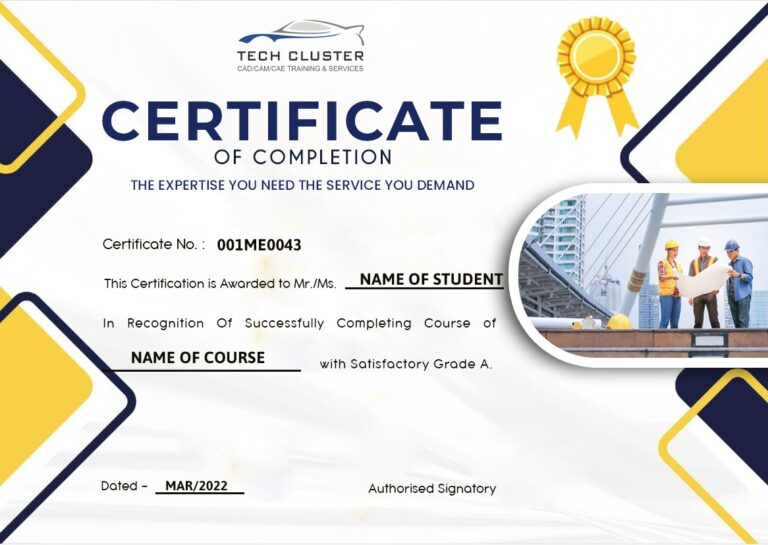
Houdini Certification Training
About Houdini Certification Training in Indore at Tech Cluster
Reviews
